More and more people are on the move, traffic is increasing globally and with it the CO2 emissions. The International Transport Forum warns that transport must become sustainable in order to comply with the Paris Agreement.

Despite efforts to make rail travel more attractive, to make air travel more climate-friendly in the long term and to electrify cars, CO2 emissions are not falling fast enough.
Despite national commitments and measures to reduce CO2 in transport, CO2 emissions from transport will continue to rise over the next decade, according to the current report from the International Transport Forum (ITF).
Without more ambitious goals and the fast With the use of new technologies, CO2 emissions by 2050 are expected to be just three percent below 2019 levels.
“The challenge is to use technology and implement policies to shift traffic sufficiently and quickly to more sustainable modes,” said Matteo Craglia, transport analyst at the ITF. This is the only way to meet the rapidly increasing demand for travel globally in a climate-friendly manner. “This is particularly the case in emerging markets where travel demand is expected to increase very significantly.”
The ITF, a global transport think tank within the Organization for Economic Co-operation and Development (OECD), predicts that global transport demand will increase by 79 per cent by 2050 as the world population grows and society becomes more global. In addition, global freight demand is expected to roughly double.
Passenger demand is expected to more than triple in sub-Saharan Africa and more than double in Southeast Asia, according to the report.
These estimates already take into account COVID-enforced lifestyle changes that have led to more remote working and e-commerce in certain parts of society. However, the authors also emphasize that the change caused by the pandemic should not be overlooked by policymakers as an opportunity to promote the “green transition”.
Transport accounts for 20 percent of global CO2 emissions
The “system-wide shift” in power generation, transportation, and manufacturing is a bigger challenge than anything the global economy has ever seen in the past, Craglia told DW. And there would also be big regional differences.
“Not all countries have the same opportunities to reduce CO2 emissions, or have governments to push ahead with the necessary reforms and measures to accelerate decarbonization,” he says and points to the gap between high-income and low-income countries.
According to the Intergovernmental Panel on Climate Change (IPCC), CO2 emissions from global transport would have to fall by 80 percent by 2050 compared to 2015 in order to have a chance of limiting global warming to 1.5 degrees, in order to comply with the Paris climate agreement.
Currently, road, air, ship and rail transport account for 20 percent of CO2 emissions.
While the scale of change may seem daunting, Craglia is confident that cars are on the way to make the change and make e-vehicles competitive. The authors of the ITF report predict that by 2035 every fourth car in the world will be electric.
The scenarios are plausible, “now it's just about providing the infrastructure,” says Craglia. This includes power grids with green electricity, sufficient charging stations, even for heavy trucks.
Air and ship traffic are currently responsible for more than a fifth of traffic-related emissions. “The technologies for their decarbonization are still in an early stage of development,” says Craglia.
In addition to the production of more climate-friendly fuels from electricity, algae, old frying oils and agricultural waste, Craigla recommends the introduction of a corresponding CO2 price.
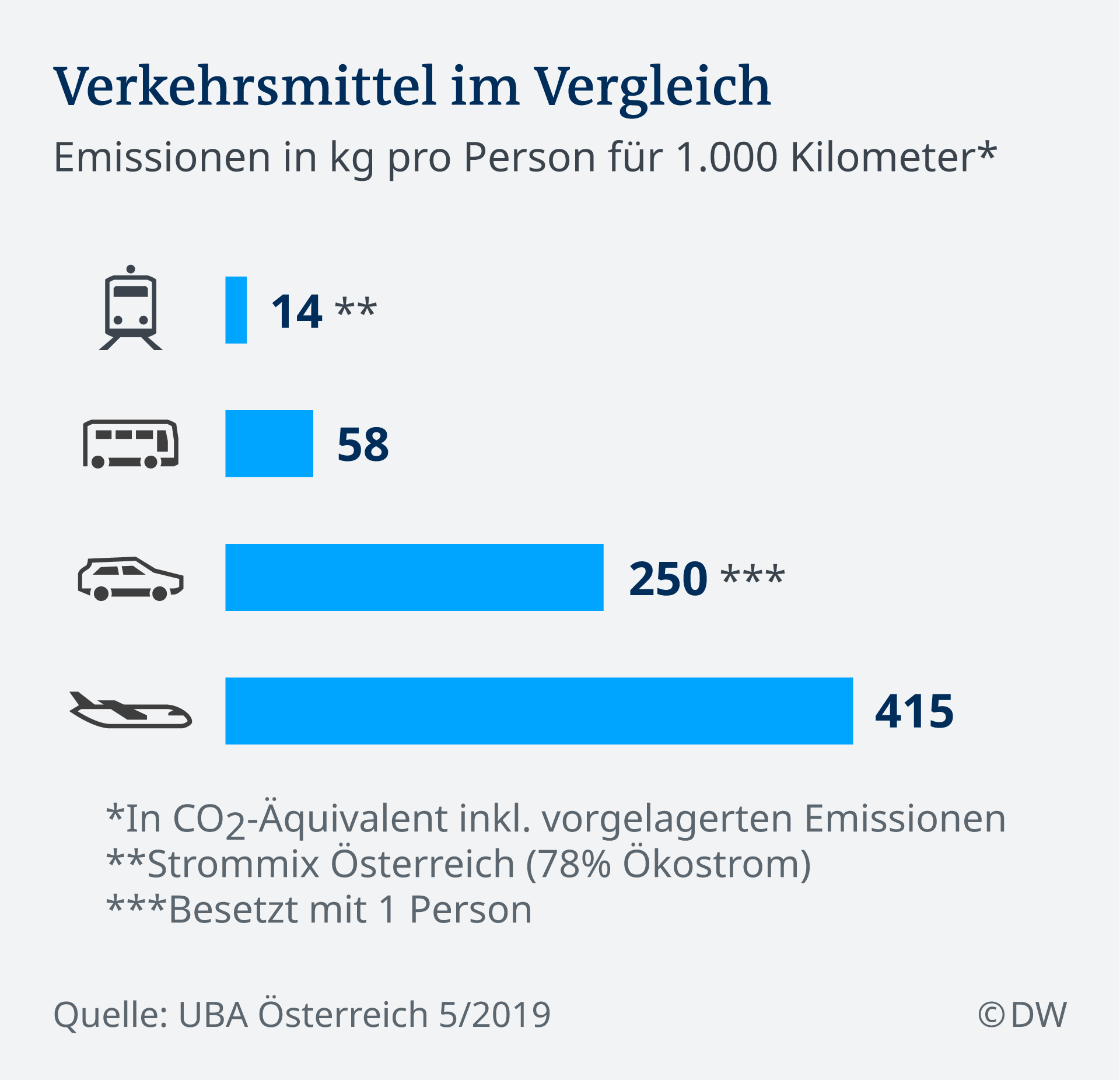
Demand for sustainable travel is set to increase
However, Craglia stresses that technology is not the only way to reduce CO2 emissions in traffic. Changing habits and encouraging a shift to more sustainable options are also key. In his opinion, this becomes important on the one hand in established transport networks and in particularly fast-growing urban areas in Africa and Asia, where a significant transport infrastructure still has to be built. Sustainable options include public transport, ridesharing, walking, cycling and e-scooters.
“Emerging countries are helping to switch to more sustainable transport systems. Sharing modes of transport and moving around is particularly important,” says Craglia. “These are the easy-to-reach fruits that really deserve the attention of political decision-makers.”
Climate protection needs speed for traffic turnaround
At the meetings of the International Transport Forum, decision-makers discuss the necessary measures. From May 24th to 26th this year, around 50 transport ministers and members of parliament from all over the world will be in Leipzig in East Germany. The organizers also want to make transport a key issue at the next climate conference in Dubai.
Craglia stressed to DW that political ambitions have increased in recent years. He sees the efforts in the USA to promote emission-free transport with the Inflation Reduction Act, the EU's plans for a de facto end of new passenger cars with combustion engines by 2035 and similar efforts to change passenger and goods transport as evidence of this in other regions.
“The challenge is that more ambition is needed in every country in the world,” said Craigla. “And if we want to achieve the goals of the Paris climate agreement, then this has to be accelerated very quickly.”
Editor: Jennifer Collins
Adaptation from English: Gero Rueter
 What kind of mobility has a future?
What kind of mobility has a future?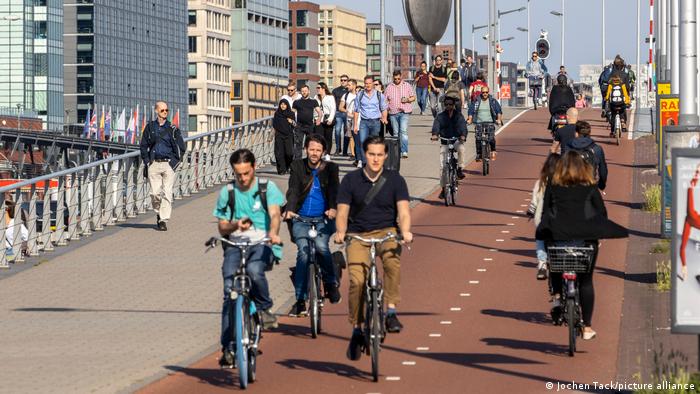 What form of transportation has a future?
What form of transportation has a future?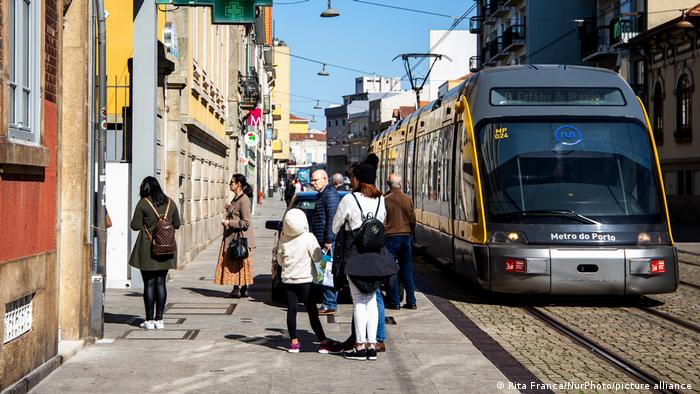 What form of transportation has a future?
What form of transportation has a future?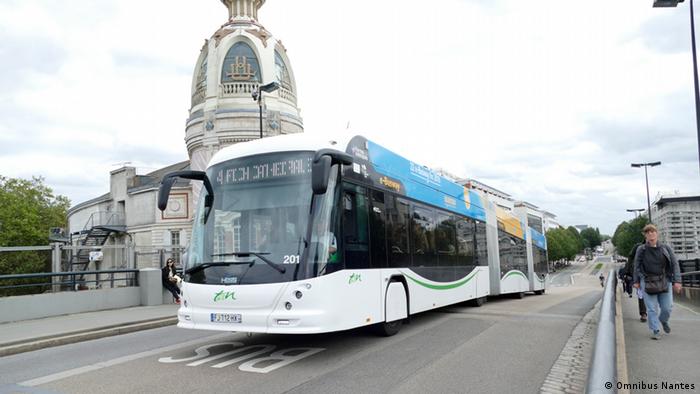 What form of transportation has a future?
What form of transportation has a future?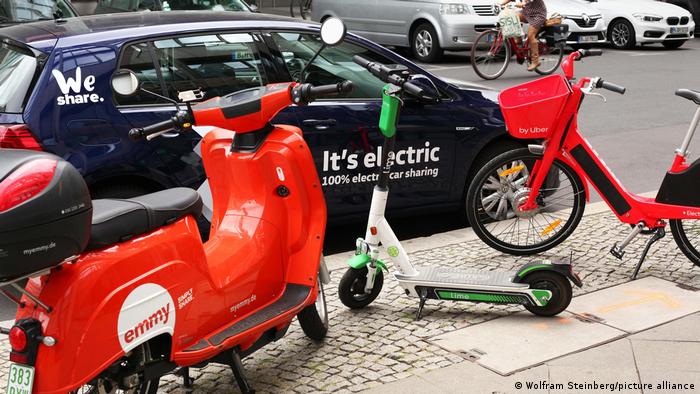 What form of transportation has a future?
What form of transportation has a future?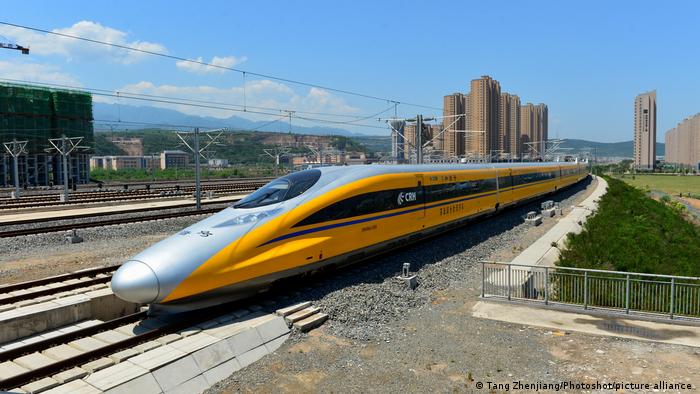 What form of transportation has a future?
What form of transportation has a future?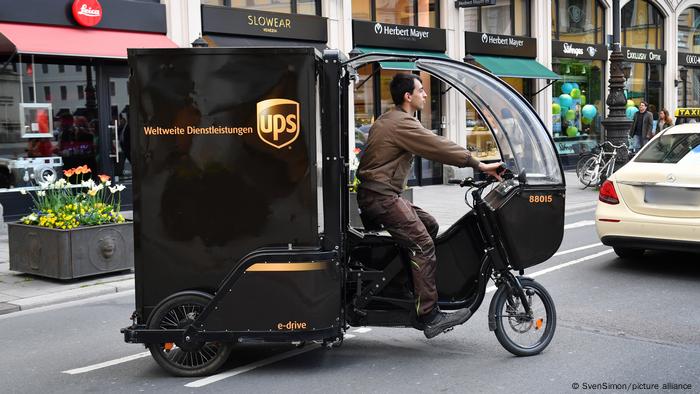 Which Locomotion has a future?
Which Locomotion has a future?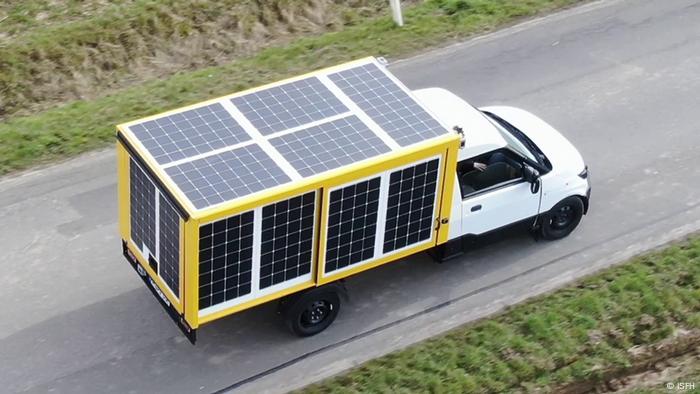 Which ones Locomotion has a future?
Which ones Locomotion has a future?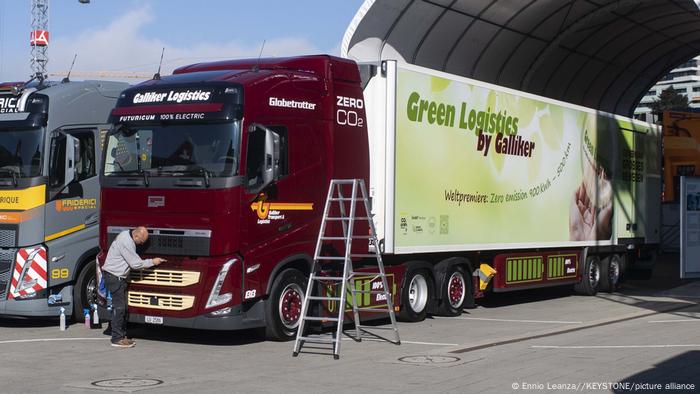 What form of transportation has a future?
What form of transportation has a future?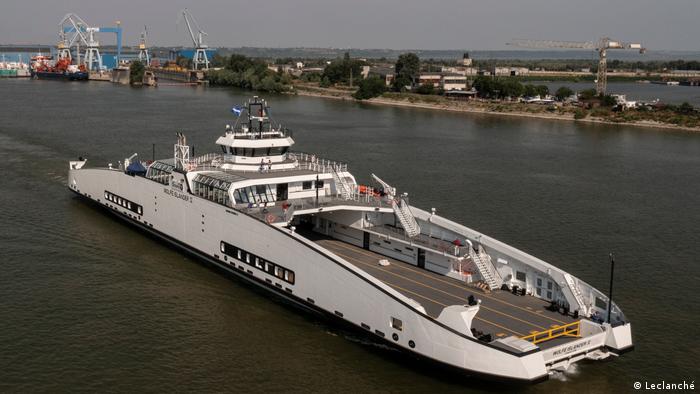 What form of transportation has a future?
What form of transportation has a future? What form of transportation has a future?
What form of transportation has a future?